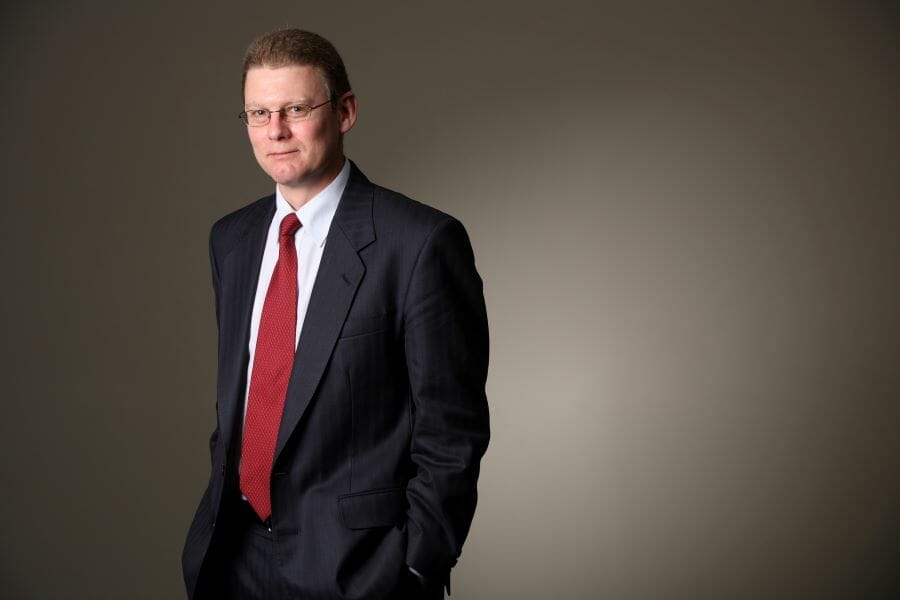Passive investing is in the ascendancy, and active management under considerable pressure. Those advocating for a passive approach often draw on two concepts from the academic research. First is a proposition put by William Sharpe back in 1991 that active investing is a zero sum game prior costs, and negative sum game after costs. Second is a large body of findings that the average active fund has generated negative returns for investors after costs.
In a recent paper, Is active investing doomed as a negative sum game?, I examine whether these two concepts suffice to support a general conclusion that investors should rule out using active funds. I argue that the academic evidence is not sufficient to write-off an active approach. My main message is whether active or passive is preferred depends on the circumstances.
The broad thrust of Sharpe’s argument is that active investing must fail on average as a matter of an adding-up constraint. Passive investors who hold the market will earn the gross market return, before costs. The remainder are active investors who each deviate from market weights in some way, but in aggregate must also hold the market for the holdings to add up. Thus active investors will also get the gross market return in total, with any one active investor’s gain being another’s loss. In aggregate, active investors must therefore do worse than passive investors as they are incurring greater costs in terms of fees and trading. QED.
Sharpe’s proposition grates against an alternative perspective put forward by Grossman and Stiglitz in 1980. They describe an equilibrium where those that invest in ‘information’ receive higher gross returns on average, but these returns are just enough to cover the costs of seeking out the information. Meanwhile, those who do not invest in information get lower gross returns, but incur lower costs. However, the net expected return is the same for both groups on average.
To sort out which view is correct, one needs to examine aggregate returns. If active investors in aggregate earn the same gross returns as passive investors – and lower net returns after costs – then Sharpe is supported. If active investors earn greater gross returns than passive investors but are near to line-ball in net terms, this would support Grossman and Stiglitz.
While the total returns for ALL active investors are hard to observe, some evidence exists on aggregated fund returns. Berk and van Binsbergen examine value-add by US equity mutual funds; and a recent paper by Leippold and Rueegg examines aggregate returns for all equity and fixed income fund categories within the Morningstar database. Both studies find that total gross returns for active funds are positive, and greater than those from investing passively. These results far more consistent with Grossman and Stiglitz than Sharpe.
So what about all that academic research that finds active management underperforms? A deeper dig reveals two main elements at play. First, the bulk of evidence relates to US equity mutual funds. This is just one fund category. It also reflects the most competitive and institutionalized market in which it should be hard for active managers to outperform. Once one steps outside of this category, active management performs much better. In fact, Leippold and Rueegg find that only three out of 63 fund categories look like Sharpe’s world, one of which is US Equity Large Cap Blend. The rest look more like a Grossman and Shiller world. Meanwhile, other research examining institutional segregated mandates finds that they perform even better than pooled mutual funds.
The second element is the fees. Many academic studies focus on average net returns, and these are estimated after deducting the average fee which is something like 1.3 per cent pa in the databases being used. These average fees are heavily influenced by retail fees that are not representative of that charged on the bulk of assets under management. Institutional pooled funds charge lower fees than retail funds; and fees on segregated mandates can approach 1.0% below the retail rack rate. Not only do the higher retail fees within the databases contribute to the impression that the average manager does not create value, but the message that active management may have created value for some investor groups and not others due to fee differences gets lost in translation.
As Sharpe’s proposition seems like a mathematical truism, how can it be wrong? Various gaps exist, of which I will mention three. First, Sharpe does not preclude active managers outperforming at the expense of other active investors, e.g. private investors. Second, the indices that passive funds aim to track are an incomplete representation of the market. They typically do not span all securities, and sometimes use less than full cap-weighting. Third, index funds need to trade in response to investor flows, index reconstitutions, income received, and so on. This creates wiggle room for active managers to generate value through trading with passive funds.
All this leads to the conclusion that Sharpe’s proposition is far from watertight, and in any case does not generally accord with the research on active funds once one takes a deeper and broader look. Further, the broad generalization that active management has failed to create value for investors after costs is not always supported. Rather, whether active managers have created value for investors depends on aspects such as the type of investor, the fees they pay, and the fund category or market being considered.
For me, the important issue is the best choice for a particular investor given the circumstances they happen to face. To this effect, in my paper I describe a framework that may assist investors to choose between active and passive. The framework looks beyond whether the average active manager can outperform. It also considers the availability of a suitable passive alternative, and the capacity to identify skilled managers. In short, the key message is that ‘it depends’.
Geoff Warren is associate professor at The Australian National University


